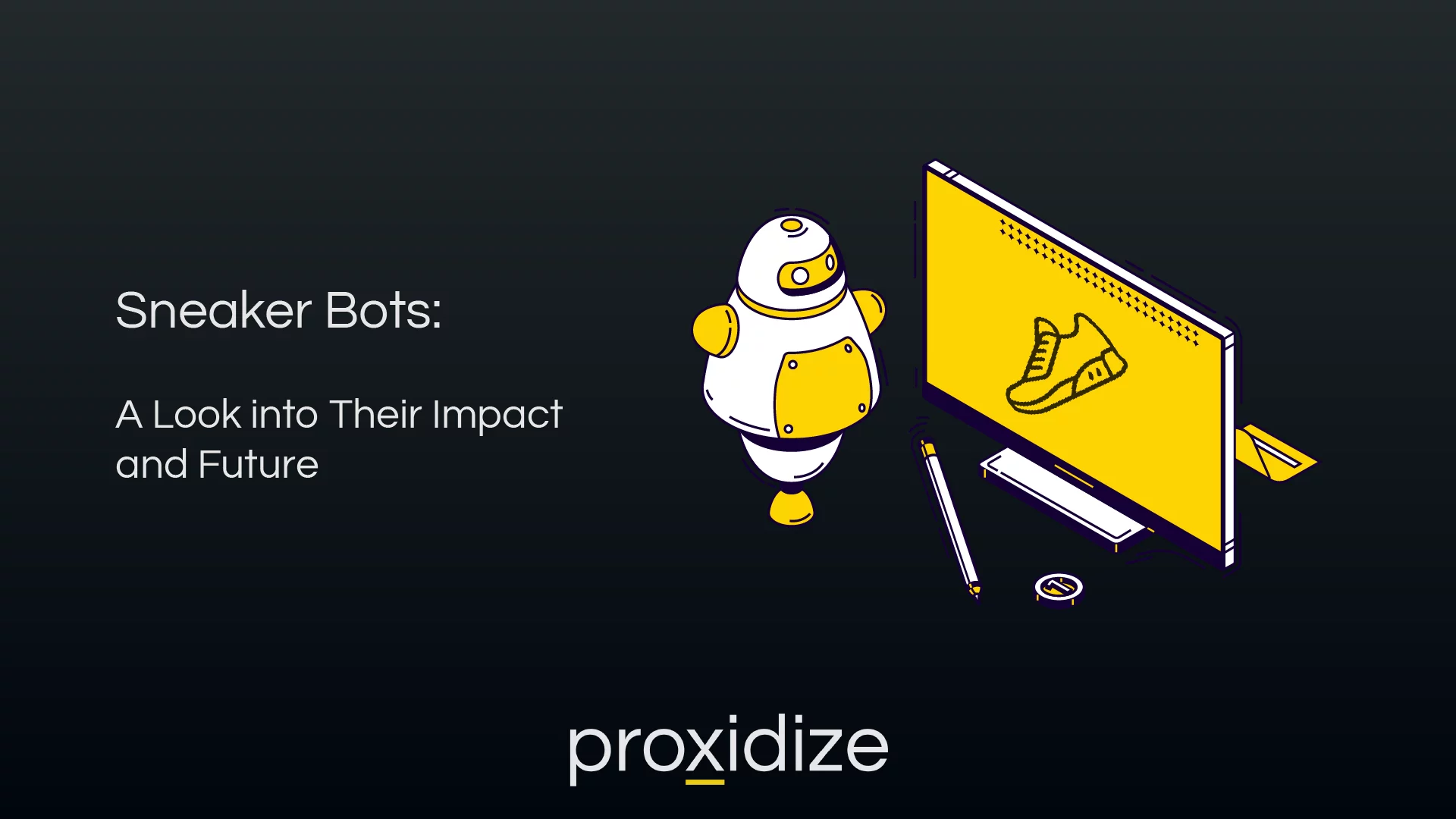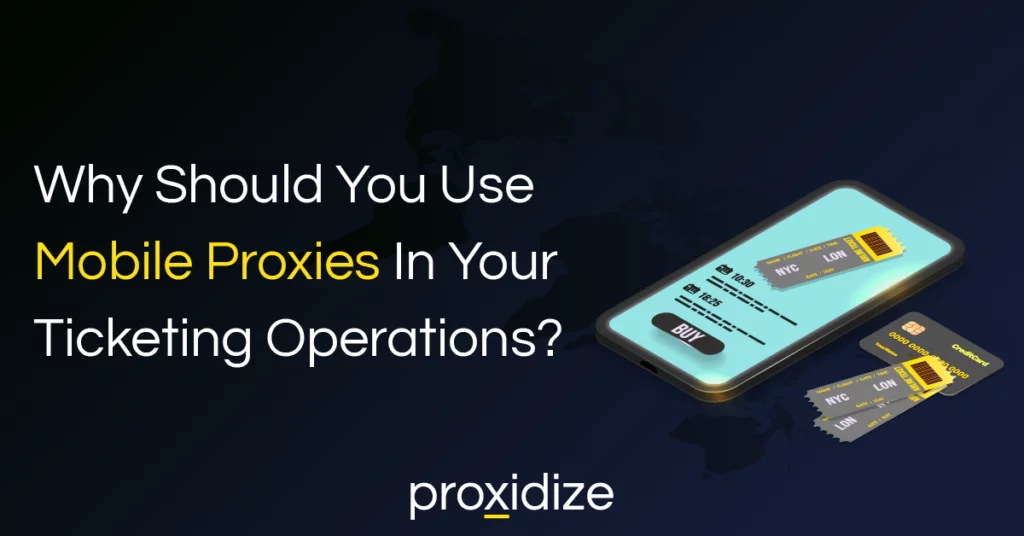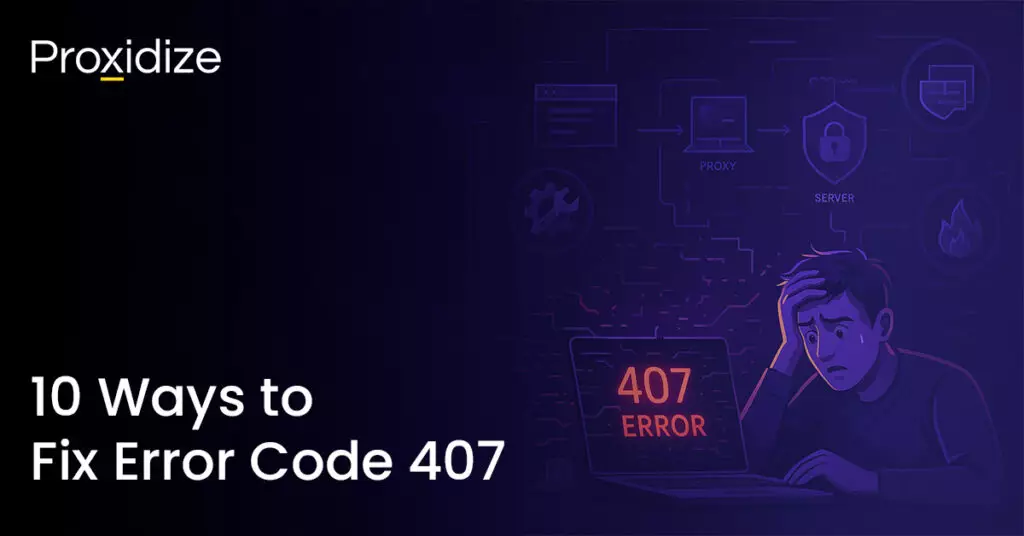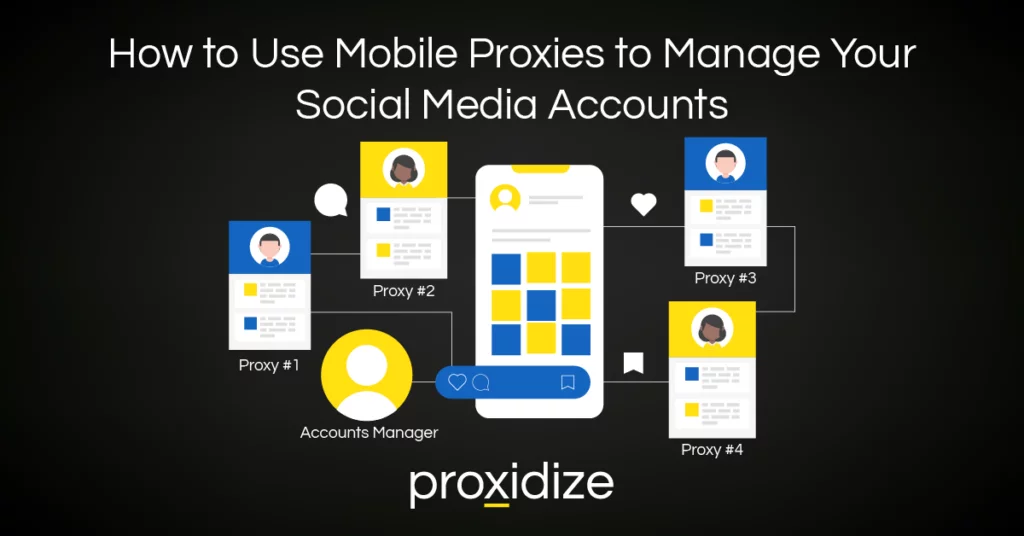The sneakerhead community is an ever-growing group of people dedicated to expanding their collection of the most exclusive sneakers. The sneaker market is worth an estimated $80 billion in 2024 and has not been immune to the emergence of e-commerce. The community has developed from people waiting outside of stores for hours on end to get their hands on the latest limited-edition releases to feverishly refreshing online shops, racing against time to process their purchase before inventory runs out, which often happens within seconds.
As both passions and the sense of urgency reach an all-time high, how is it that some sneakerheads always find themselves able to secure their pair within seconds of release? The answer is sneaker bots.
This article will go over what sneaker bots are and how they work. We’ll also explore their impact on retailers and the broader sneaker market, as well as what is being done to combat their use. Lastly, we’ll speculate on the future of sneaker bots.
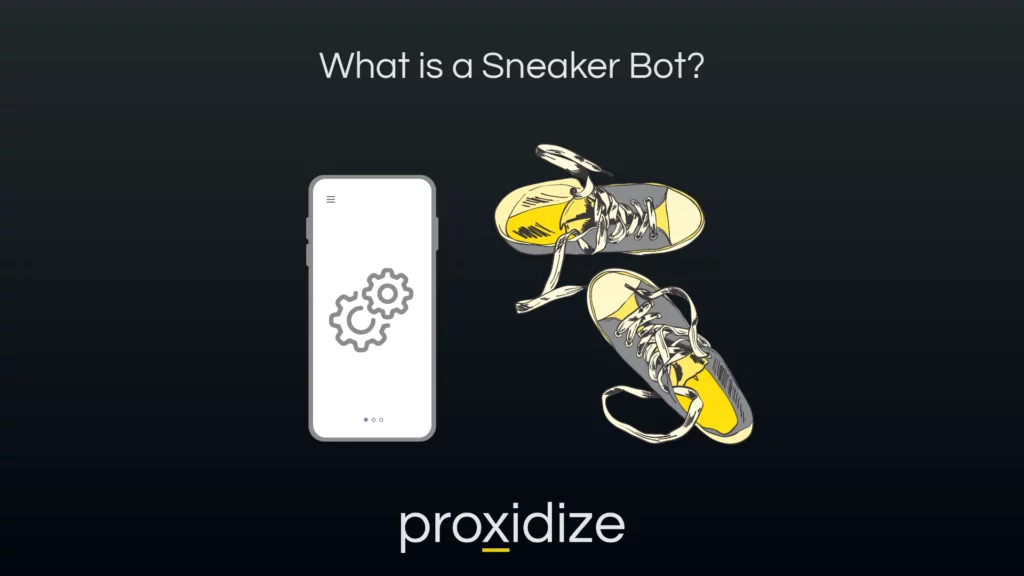
What is a Sneaker Bot?
Sneaker bots are software tools used to automate — in part or entirely — the purchase of sneakers. They come in a variety of forms, automating the entire purchasing process, expediting the purchase once a user has made a selection, or even automate registering for raffles. Similar automated tools exist for other products. At their most benign, sneakerheads will use these tools to speed up how quickly they are able to complete a purchase. These tools are designed to operate faster than regular humans.
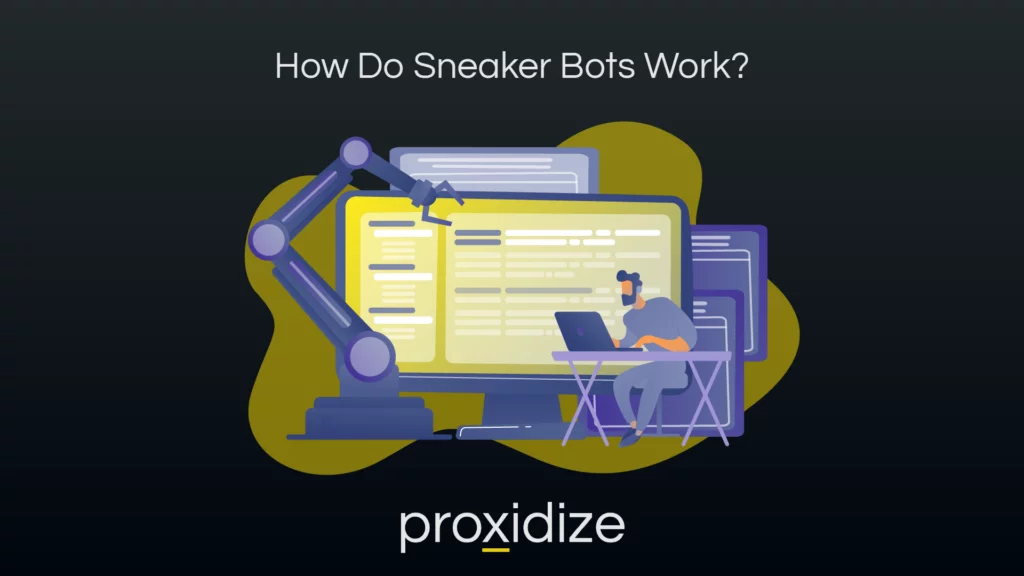
How Do Sneaker Bots Work?
In practice, sneaker bots can crawl through a retailer’s website, identify and select products, fill out check-out forms with pre-loaded personal and payment information, and even bypass CAPTCHAs, all factors that may slow a normal user down.
Sneaker bots automate the purchase of limited-edition sneakers from online stores by navigating through the retailer sites and finding the desired items at speeds that are faster than regular humans. The bots select products, fill out checkout forms with pre-loaded personal and payment information, and can bypass CAPTCHAs which might slow down a normal user.
Basic Mechanics
Here is an explanation of how sneaker bots work and function at a general level:
- Navigating Retail Websites: The bots are programmed to find and access sneaker listings on retail websites quickly.
- Selecting Products: After finding the sneaker of choice, they can automatically select the size and add it to the cart.
- Completing Purchases: The bot can fill in the shipping, billing, and payment details it’s provided with to check out.
- Overcoming Security Measures: The bots are equipped with features to navigate through security checks such as CAPTCHAs which makes the process uninterrupted. The bots are able to replicate real human behavior by scrolling through the screen and making detailed clicks.
Sneaker bots expedite the online buying process, enabling users to obtain limited sneakers rapidly by automating the browsing, selection, and purchase phases.
Types of Sneaker Bots
Sneaker bots come in a variety of forms, each with its own uses. Bots are simply an automation tool; the actions they are automating can vary between use cases. Sneaker bots broadly fall into one of these categories:
- All-In-One Bots: An all-in-one bot handles all the processes cited above and can theoretically handle the full spectrum of retail websites. They are regularly updated and are a complete product, making them a popular choice.
- Add-To-Cart Bots: These bots can place the sneakers into the cart and navigate through the checkout process. This type of bot has other e-commerce applications too. While not limited to buying sneakers, it’s a popular choice given the urgency of a purchase for limited editions.
- Brand-Specific Bots: Some bots are designed to tackle the platforms and security measures of specific brands, like Nike or Adidas. Being specialized tools, they’re also more optimized, making them faster than a general-purpose bot. Next to brand-specific bots, others are specialized in particular third-party companies like Supreme, which often partners with sneaker brands for limited releases.
- Raffle Bots: Occasionally, sneaker sales are decided through raffles held by retailers to try and keep the sales fair. In this instance, the automation revolves around submitting multiple tickets to increase the chances of winning the raffle. Despite not operating like a traditional sneaker bot, because it is automating the process of purchasing sneakers, it still qualifies as a sneaker bot.
- Footprinting Bots: Another example of a bot that doesn’t strictly fit the mold. Footprinting creates a digital footprint for the user that will assist in making them seem like a real person to avoid being flagged.
- Account Creation Bots: These bots will speed through the process of creating an account on the retailer’s website by auto-filling the information needed. This bot is also not limited to sneakers and has a variety of uses for things like social media management.
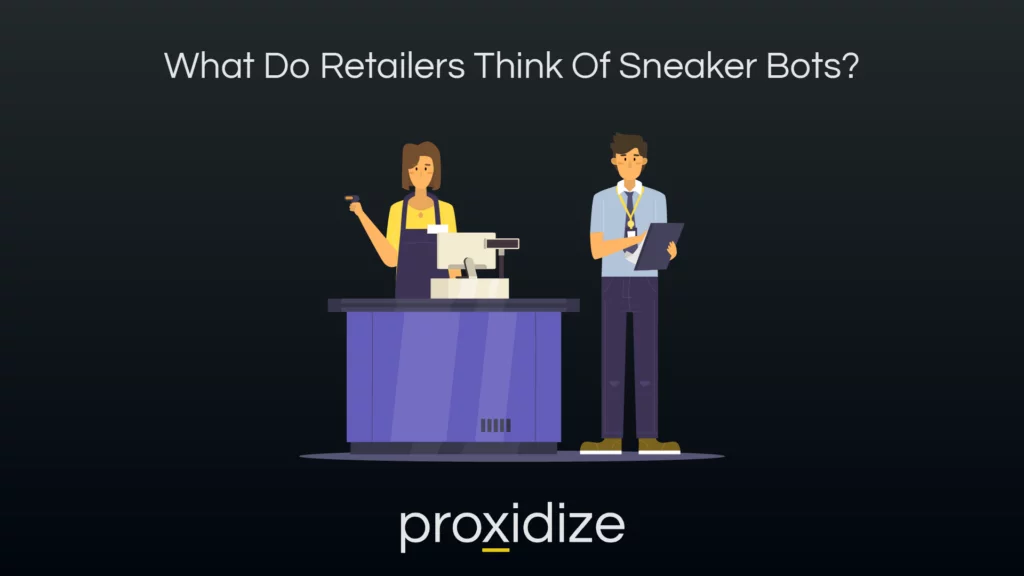
What Do Retailers Think Of Sneaker Bots?
While sneaker bots are a fantastic innovation for sneakerheads racing to make a purchase, retailers do not like bots. In theory they shouldn’t have a problem with them — from a financial perspective, why should it matter whether the sale goes to a regular user or a bot? It doesn’t necessarily disrupt their bottom line.
In practice, there are many reasons why retailers crack down on the use of bots.
- Unfair Customer Experience: Bots can buy sneakers much faster than human customers. This often leads to situations where limited-edition or highly sought-after sneakers sell out in seconds, leaving many genuine customers disappointed and unable to purchase the product.
- Distortion of Market Dynamics: Bots can skew the supply and demand dynamics of the sneaker market. They can be used to purchase large quantities, creating artificial scarcity and inflating prices in the secondary market. This is compounded if the product is limited edition.
- Brand Image and Customer Loyalty: Retailers and brands want to maintain a positive relationship with their customer base. When bots dominate releases, it can lead to frustration among loyal customers.
- Website Performance: If bots generate a high volume of traffic during sneaker releases it can further strain a retailer’s already overburdened website, leading to a crash or slowdowns. This not only affects the sneaker release but also disrupts regular customers shopping for other items.
- Challenge in Retail Strategy and Analytics: Bots make it difficult for retailers to accurately gauge consumer demand and market trends, given that bot purchases don’t necessarily actual customer interest.
Legal Considerations
On top of concerns related to their business and ability to analyze sales projections, retailers may also have legal obligations to grapple with. The problem is twofold. On the one hand, the use of bots is not inherently illegal, as no legislation exists to explicitly prohibit them. On the other hand, legislation can exist to ensure the retailer tries to keep the playing field even.
A sneaker retailer’s legal concerns can include the following:
- Online Sales Regulations: Retailers are often required to comply with regulations that govern online sales. This can include ensuring equal access to goods, preventing fraud, and protecting consumer data. Bots can potentially put retailers at risk of non-compliance.
- Maintaining Fair Competition: Retailers may need to demonstrate that they are taking steps to ensure fair competition and access to goods. This is particularly important in highly competitive markets where access to limited-edition items can significantly impact customer loyalty and brand reputation.
- Contractual Obligations: In some cases, brands or manufacturers may have agreements with retailers that include clauses about fair distribution and sales practices. Retailers might need to combat bots to adhere to these contractual obligations.
- Consumer Protection: Many regions have laws designed to protect consumers from unfair or deceptive practices. If bots are used to quickly buy up stock and resell it at inflated prices, this could be seen as creating an unfair market for consumers, potentially violating these laws.
- Anti-Scalping Laws: In some jurisdictions, there are specific laws against ticket scalping, they can sometimes be interpreted or extended to cover other limited availability items like sneakers.
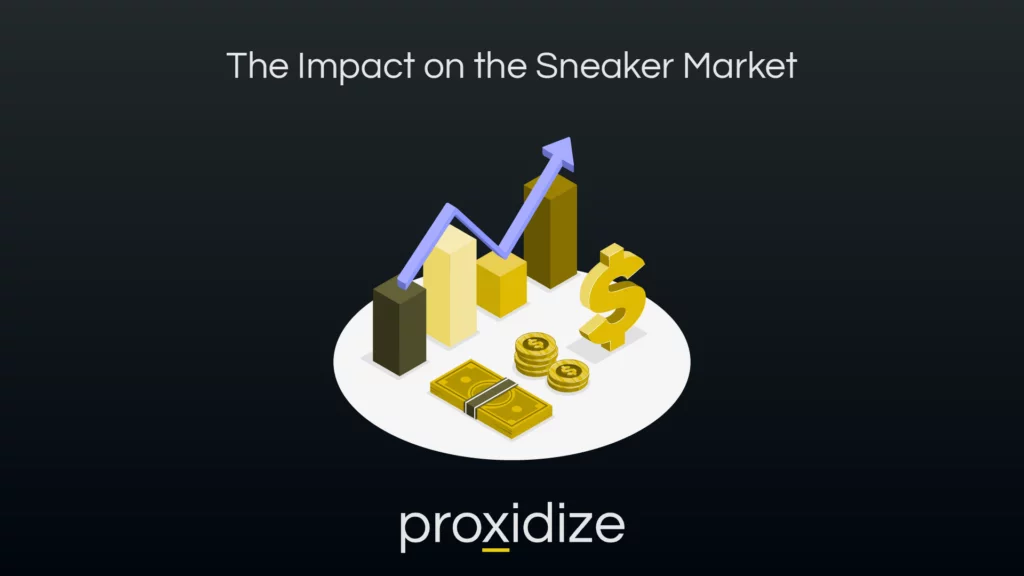
The Impact on the Sneaker Market
Sneaker bots have impacted the sneaker market in two direct ways. Firstly, they have disrupted the experience of normal sneakerheads, creating the impulse for others to use bots to stay competitive. It’s also lowered the barrier to entry in terms of time commitment, increasing the number of people looking to buy sneakers, although it could be said that the growing number of enthusiasts has fueled the use of sneaker bots, too.
Secondly, not all sneaker bot users are just enthusiasts. The sneaker resale industry was valued at $6 billion in 2023 and estimated to grow to $30 billion by 2030. The artificial scarcity of limited-edition sneakers — a driving force for their appeal to collectors — also drives up the price as supply is strictly limited.
An example cited by Complex, a leading name in sneaker media, said that a retailer could have a limited sale on 10–20 pairs of shoes with 50,000 people trying to buy them, leading to the shoe selling out in under 10 seconds. The presence of bots in this equation exacerbates the inherent frustration of customers.
A 2021 NYT article about sneaker botting that tells the story of Bodega, a streetwear shop in Boston that released a limited edition sneaker in 2019 that sold out in just under 10 minutes with 60% of sales going to bots and one user managing to get hundreds of pairs of New Balance sneakers with many of their customers failing to acquire a pair.
This begs the question: At what point does frustration boil over and does someone abandon buying sneakers directly, resigning themselves to the fact that they will have to turn to the resale market?
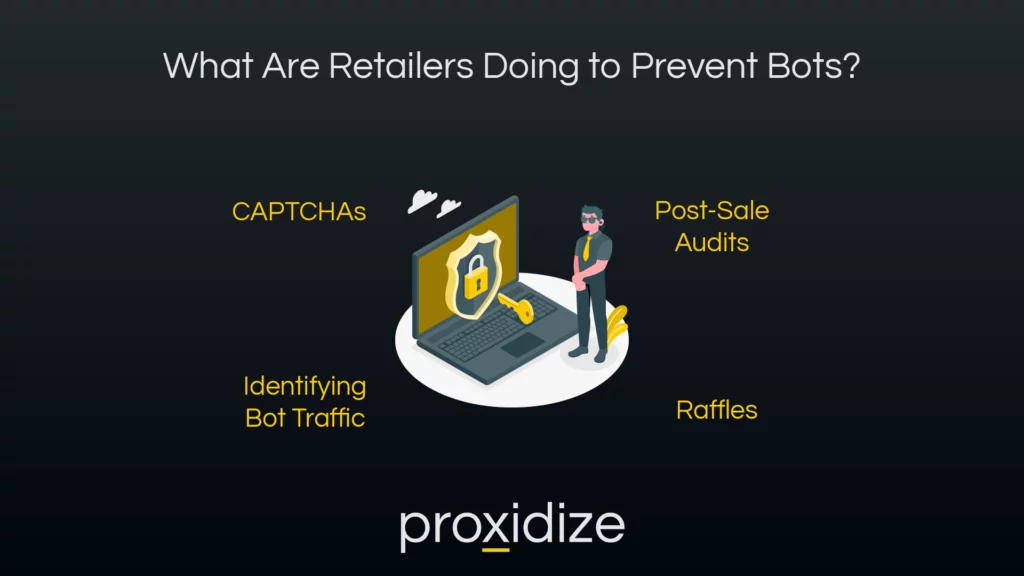
What Are Retailers Doing to Prevent Bots?
Retailers have gone to great lengths to combat sneaker botting in practice.Some are direct by trying to identify and ban bots from their website. These include:
- Identifying Bot Traffic: Retailers keep their eye out for suspicious activity originating from one IP address and banning that IP.
- CAPTCHAs: By introducing anti-bot technology like Google’s reCAPTCHA service, retailers can trip up bots navigating their website.
- Post-Sale Audits: After the limited release has been completed, retailers may comb through the purchases to identify suspicious activity, credit card numbers, names, or addresses. While that specific sale has gone through, the bot can be banned for the future.
- Web Traffic Management: Some retailers have implemented a web traffic management system to try and control bot traffic from overtaking space for human users. This virtual waiting room provides a fair opportunity for users to get their shoe of choice without feeling robbed of a chance.
- Raffles: By allowing customers to enter a raffle and then selecting winners at random, the factors that fuel bot use are mitigated.
Retailers also have other methods available to them, such as developing their own markets and platforms, which make the use of automation significantly harder. Nike, for example, says that bots account for 10–50% users depending on the release on its platform SNKRS, but that it bans up to 12 billion bots every month.
Some attempts have been made by retailers to undercut the secondary sneaker market by re-releasing limited edition sneakers. While this succeeds in undercutting resellers it also undermines the exclusivity of owning a pair — a major selling point to customers.
This sets the sneaker market apart from other industries, where re-releases or producing additional inventory is a viable solution. In 2021, in response to scalping of its new PlayStation5, Sony promised to produce additional units to appease customers.
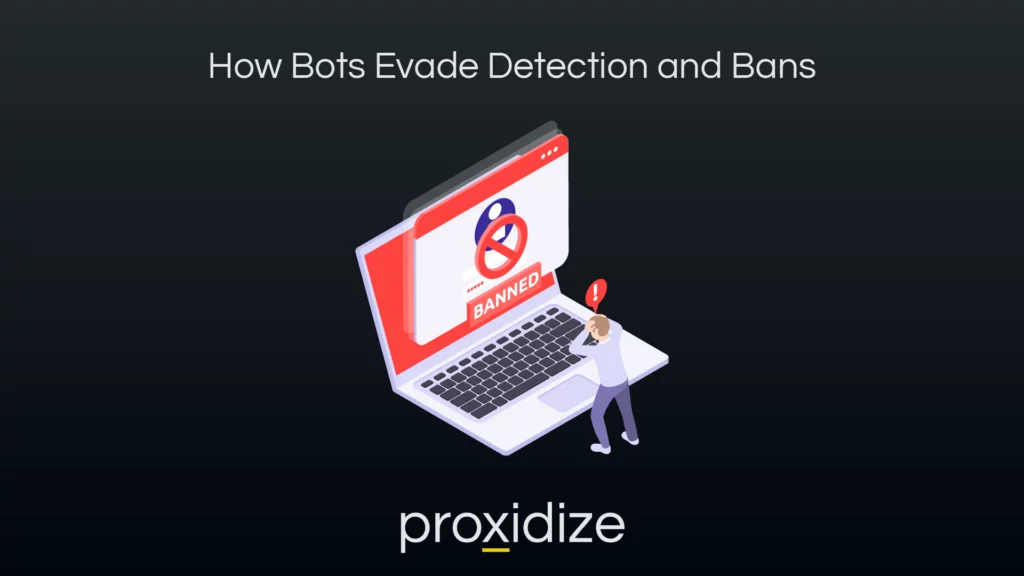
How Bots Evade Detection and Bans
As the measures taken by retailers to impede sneaker bots increase, the bots themselves increase in sophistication to keep pace. One key element of this is avoiding detection. The straightforward answer is that they use proxies. By using a proxy’s IP and geolocation, sneaker bots are able to mask their identity between purchases. Additionally, a disproportionately large number of requests originating from one user can be spread out over multiple proxies in order to slip under a website’s radar.
In practice, not all proxies are created equal and there is a tradeoff between the different types. While one might have faster speeds it’s also more likely to be flagged, while another might be less likely to be detected but offer slower speeds. Some proxies even explicitly market themselves as sneaker bot proxies, offering a compromise between anonymity and speed.
Alongside proxies, specialized CAPTCHA bypassing software can be implemented to ensure those don’t present a barrier to the bot.
As previously mentioned, footprinting is another method sneaker bots use to avoid detection. By mimicking the browsing behavior of a normal user, bots are able to fool a website.
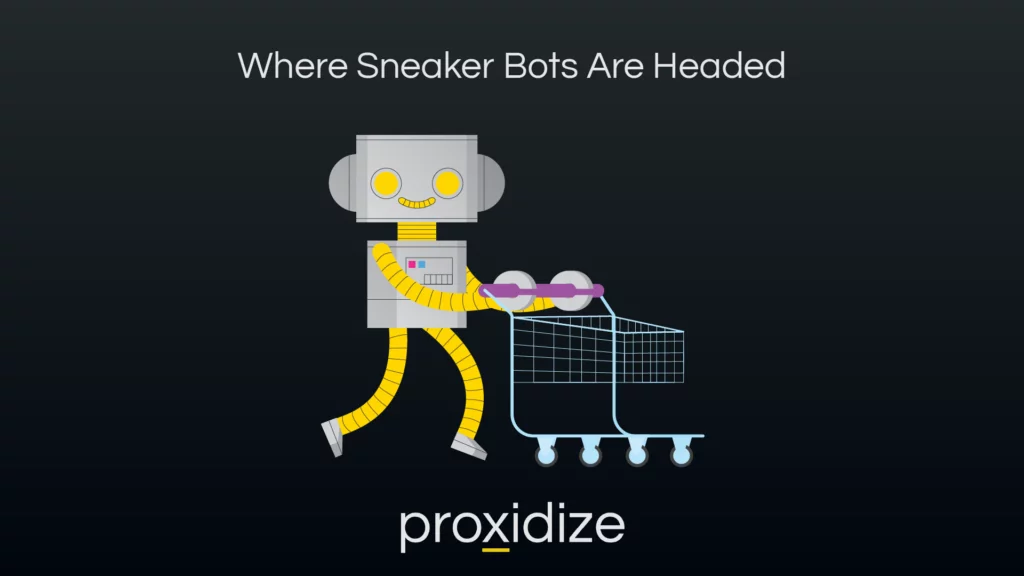
Where Sneaker Bots Are Headed
Given the intensity of the passion in the sneakerhead community, the inherently acute level of competition in the market, and the lucrative resale opportunities, it is unlikely that sneaker bots will ever be stamped out of the industry.
Retailers face an increasing number of challenges when implementing anti-bot measures, which are often very costly, necessitating the development of their own apps to achieve effectively. Aggressive anti-bot systems can and have incorrectly flagged genuine customers, either banning them or reversing their purchases.
Just as the sophistication of retailers’ anti-bot measures increases, the sneaker bots do too. This increases the amount of effort required to build and maintain them, driving up the cost of buying one, and they’re already more expensive than an individual pair of sneakers. The arms race may have an upper limit for both sides.
This also presents retailers with an interesting question. At what point does it become more financially prudent to facilitate the resale of sneakers on their own platforms, cutting scalpers or bots out entirely? This is especially true if customer frustration threatens to boil over to the point of damaging the market as a whole.
Legislation is also catching up. While sneaker bots aren’t illegal, they definitely fall into the category of “legally gray”. Anti-scalping laws already exist in some places specifically for the ticketing industry in the form of the 2016 BOTS Act. It is only a matter of time before that extends to include sneakers, as illustrated by the 2021 Stop Grinch Bots Act, legislation proposed by the US Senate, which would forbid any attempt “to circumvent a security measure, access control system, or other technological control or measure on an Internet website or online service to enforce posted purchasing limits or to manage inventory”.
Conclusion
The sneaker market, driven by an enthusiastic community and fueled by the temptation of limited editions, faces a significant challenge with sneaker bots. These bots, while offering a quick way to snag in-demand sneakers, also create unfair advantages and disrupt market balance. Retailers are actively seeking solutions, balancing the need to deter bots without alienating genuine customers. As technology evolves, so do the strategies to combat or utilize bots. The question of legality also looms, as does the possibility of retailers integrating the resale market.


